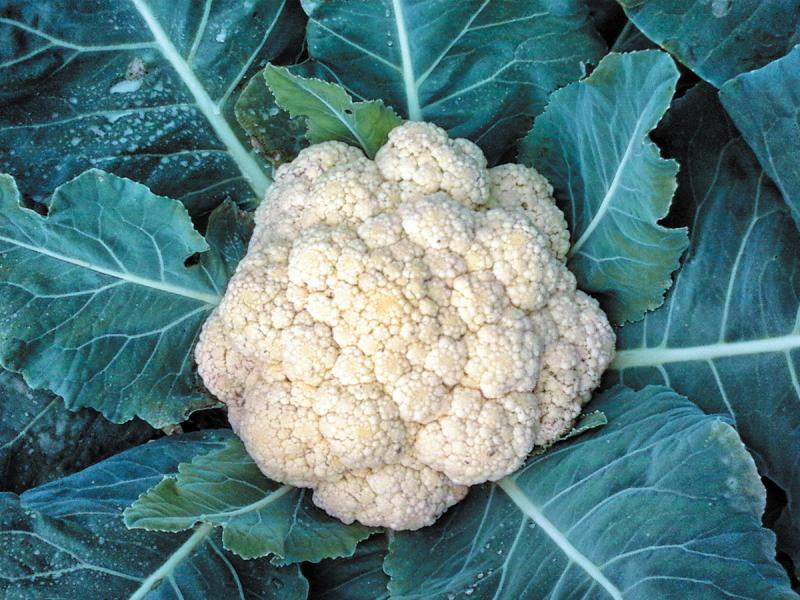If you are naive you might be a sucker for playing an unfair game, so if you get suckerpunched you get hit when naively unsuspecting it. As winter warms into spring we gardeners have to beware of mother nature throwing us a late snow or a :sucker punch.”
But some seeds actually don't mind a little bad weather, especially if the snow and cold are short-lived, as it often is in spring.
The urge to get out and plant need not be a sucker bet. So called cool season vegetables can be planted before the last frost. Most can easily handle cool weather better than hot, so the earlier the better to sow seeds of broccoli, Brussels sprouts, celery, cabbage, cauliflower, kale, lettuce, mustard greens, peas, onions, radish, spinach and turnips. These will all survive and grow even if hit with moderate frost.
Some cool season plants that can also handle hot summer weather without getting bitter or bolting to seed are carrots, beets, Swiss chard and parsnips.
You can safely plant any of these seeds directly in the garden two to four weeks before your last frost. Sow the seeds directly in the garden rather than starting them indoors. If the soil has warmed up to at lest 40 degrees, your seeds should sprout and grow. Just be sure to keep the seedbeds well watered.
Some plants, including cabbage, Swiss chard, potatoes and turnips do best when you wait for the soil to hit 50 degrees. but all will do OK even after a light frost.
You can improve your chances of success by applying mulch such as loose straw, leaves or even loose grass clippings.
If Mother Nature throws a real suckerpunch and the nighttime temperature goes below 28 degrees, you may have to cover up your seedlings with cotton sheets, but usually these cold hardy vegetables do fine without protection.
Besides annual vegetables many perennial vegetables such as asparagus, rhubarb and horseradish all do well directly planted into early spring soil.
An advantage to planting cool season vegetables so early is that after you harvest them you still have enough summer ahead to grow a second crop on the same garden spot.
Follow them with warm weather vegetables such as tomatoes, corn, squash and beans.
Flowers that do well planted before the last frost are sweet peas, calendula (pot marigold), pansies, forget-me-not, rose mallow, snapdragons and sweet alyssum.
Whatever you plant, be sure to keep them well watered but not soggy. A light application of organic fertilizer can be applied a few weeks after your seedlings are up.
So get out and dig in and plant cool-season flowers and vegetables. Enjoy the occasional sunny days with high temperatures knowing that there are sure to be late frosts. Your seedlings will survive the suckerpunch of late frosts, and you will have a garden well ahead of your timid neighbors, the poor suckers.



















































